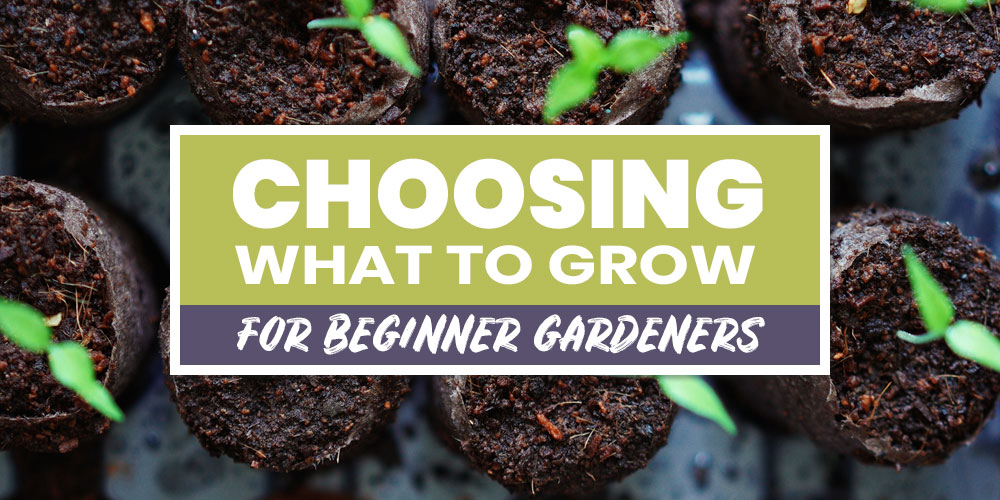
Whether you are a beginner or advanced gardener this step by step guide will help you grow a well-rounded vegetable garden. Your family will love the variety and you can feel confident that you picked the best vegetables for your garden.
As I write this there is about two feet of snow on the ground and we are hibernating by the fire. We have had night time temps below zero and day time temps below freezing. It would seem that gardening would be the farthest thing from my mind. In reality, it is the best time to start planning the garden and getting prepared for growing season.
Gather ideas
I start by making a dream list of all of the yummy things I want to grow. Don’t get ahead of yourself and be logical at this point, just jot down all of your ideas. It is very easy to get bogged down in the details of timing, spacing, and companions and not get things planned. Don’t worry, the list will narrow down as we continue to plan.
Prioritize
Now, mark the items on your list that are non-negotiable.
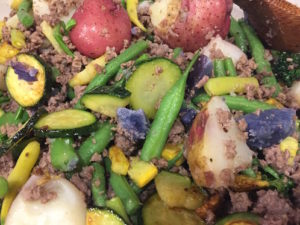
These are foods that your family loves to eat. You don’t want to get swept away by all of the colors and rare foods in the seed catalogs and end up with a harvest your family doesn’t enjoy.
A couple years ago we planted blue potatoes – a whole row of blue potatoes. We didn’t try eating them first; we just planted. They grew really well but we struggled to eat them and ended up wasting a bunch. We have blue volunteer potato plants that come back every year, all on their own. It is the gift that keeps giving.
Now that you have marked your favorites, go back through your list and mark the foods that you could save a lot of money on, by growing yourself. Cucumbers are a great example. They often cost $2 for a single organic cucumber. A typical cucumber plant will produce approximately 5 pounds of cucumbers.
Narrow down the list
It is time to pull out the seed catalogs. We will look up each item that you have marked. Maybe tomatoes are something you eat a lot of and you want to can some as well. Start by looking at the days to maturation – how long it takes for the plant to grow, fruit and the fruit to ripen.
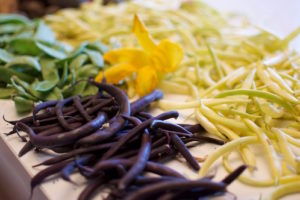
Our growing season is typically 90 days but that can include a freeze or two near the beginning or the end of the season. I try to only grow 55-75 day vegetables. That gives me enough time to harvest more than just the first fruit.
Our short growing season makes tomatoes very hard to grow, especially if I want something substantial enough to can. So I will weigh that information against the space I have in my garden. Is the space that tomatoes would occupy worth the risk of having a non-productive crop?
Green beans, on the other hand, thrive here and will produce enough for us to enjoy through the summer and freeze for eating in the winter. Until I have a greenhouse they will get higher priority than tomatoes.
But not too narrow
If you are new to gardening don’t put all of your eggs in one basket. It is so easy to get dreamy when you are planning your garden. You start thinking about canning and dehydrating and all of the money you will save.
Your priority for the first couple years should be to keep your plants alive and enjoy some fresh veggies during the summer. Which is easier than you think when you set yourself up for success. As you become a more seasoned gardener you can expand your garden and plan for a big enough crop to preserve.
Our garden two years ago overflowed with cucumbers. We literally carried in bucket after bucket. However, last year we grew about three. It was a very cool summer and we just couldn’t get the plants to come up. It is so important to have enough diversity that you are not banking on one crop. Not to mention that it is easier to keep disease and pests at bay with lots of diversity.
Fill in the missing pieces
Use your list to choose at least one variety for each type of vegetable (as garden space permits). Don’t be limited by my suggestions. Choose what your family will enjoy eating!
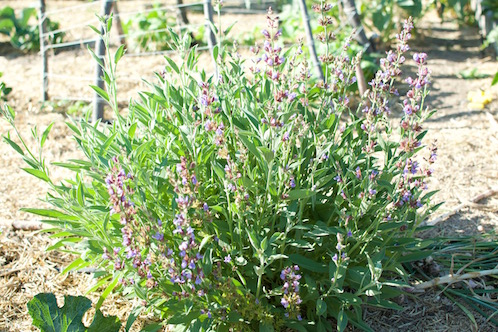
- Leafy greens – Spinach and butter lettuce are favorites at our house.
- Root veggies – We love how potatoes and carrots are so versatile and delicious.
- Salad veggies – Cucumbers and sweet peas are so refreshing in the heat of summer. It is easy to find us munching these down while in the garden.
- Stir fry veggies – Green beans, summer squash, and broccoli are the staples of our summer menu and can be frozen for winter meals as well.
- Winter storage – Butternut squash and sweet potatoes are filling, add a lot of variety, and store long into the winter.
- Herbs – Basil and sage are very prolific and add a punch to your meals.
- Now choose one experimental, just-for-the-fun-of-it plant. Every garden needs a wild card!
By methodically working through your list, you will have a great variety of vegetables that will ripen during your growing season.
Your Turn!
- What is your favorite vegetable to eat straight out of the garden?
- Have you grown a vegetable your family didn’t want to eat?

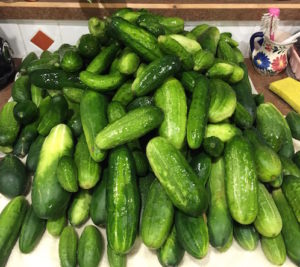
Your website has such a wonderful and eclectic mass of information. I just stumbled upon it the other day and reading more of it is the first thing I’ve done besides coffee.
This is such a succinct and to the point article of truth on the decision side of garden infrastructure!
Thank you so much for publishing this.